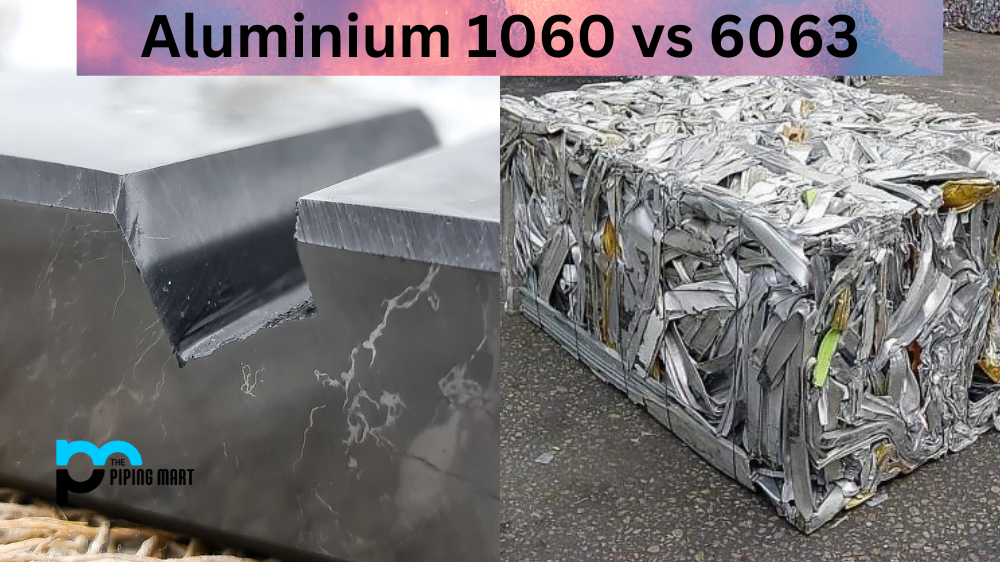When it comes to steel, there are two main categories—mild steel and hard steel. Both have advantages and disadvantages, and knowing which one is best for your project depends on various factors. In this blog post, we’ll discuss the differences between mild and hard steel so that you can make an informed decision about which type of steel best suits your needs.
Mild Steel
Mild steel is a low-carbon steel with a very low range of hardness. It’s relatively easy to shape because it has a low yield strength, meaning it won’t tear or stretch when bent or shaped into various forms. Mild steel is also more ductile than hard steel, which can be stretched or hammered into different shapes without breaking or cracking. As such, mild steel is often used in applications where flexibility is key—such as automobile frames, furniture frames, and other structural components. However, mild steel’s low hardness makes it unsuitable for applications where strength is required—such as tools or weapons. Mild steel is a type of carbon steel that contains less than 0.3% carbon. This makes it a much softer material than hard steel, which contains more carbon. Mild steel is also known as low-carbon steel or plain-carbon steel.
Hard Steel
In contrast to mild steel, hard steel has a higher range of hardness due to its higher carbon content. This makes it more resilient against wear and tear than mild steel, making it ideal for use in tools (such as hammers or chisels) and weapons (such as swords). Its high yield strength also makes it ideal for applications where great strength is needed—such as bridge supports or ship hulls. However, because of its high hardness, hard steel can be difficult to shape into complex forms; if you need something with intricate detailing, mild steel may be the better option. Hard steel is a type of carbon steel that contains more than 0.3% carbon. This makes it a much harder material than mild steel, which contains less carbon. Hard steel is also known as high-carbon steel or tool steel.
Mild Steel Properties
Mild steel has a lower carbon content, giving it several advantages over hard steel. Firstly, it is much easier to work with, as it can be cut, drilled, and machined without difficulty. Secondly, it is much cheaper to produce, as the lower carbon content means less need for expensive alloys and heat treatments. Finally, mild steel is more ductile than hard steel, meaning that it can be bent and formed into shapes without breaking.
Hard Steel Properties
Hard steel has a higher carbon content, which gives it a number of advantages over mild steel. Firstly, it is much harder and stronger than mild steel, making it ideal for applications where high levels of strength are required. Secondly, it retains its edge better than mild steel, meaning that it is ideal for cutting and machining applications. Finally, hard steel is less ductile than mild steel, meaning that it cannot be bent and formed into shapes as easily without breaking.
Conclusion:
When deciding whether to use mild or hard steel for your project, there are several factors at play—the desired end result being just one of them. Mild steel is easier to work with but lacks the strength and resilience of hard steel; conversely, hard steel is much tougher but harder to shape into intricate forms. Ultimately, the decision comes down to what kind of results you’re looking for from your project; if you need something strong yet malleable, then mild steel might be the way forward, whereas if you need something tough yet inflexible, then hard might be the better choice. Whichever type you choose, though, make sure that you do your research first!

A passionate metal industry expert and blogger. With over 5 years of experience in the field, Palak brings a wealth of knowledge and insight to her writing. Whether discussing the latest trends in the metal industry or sharing tips, she is dedicated to helping others succeed in the metal industry.




